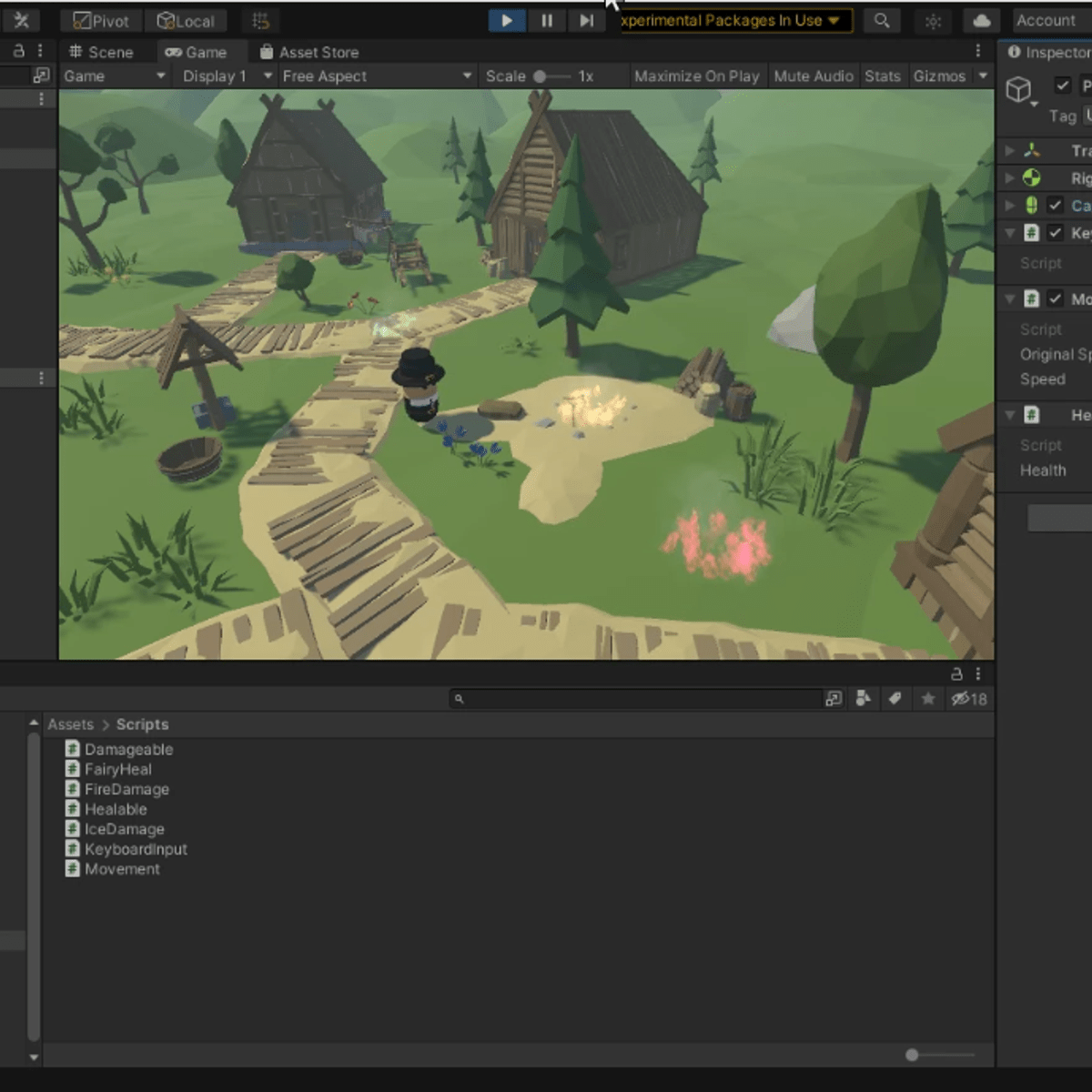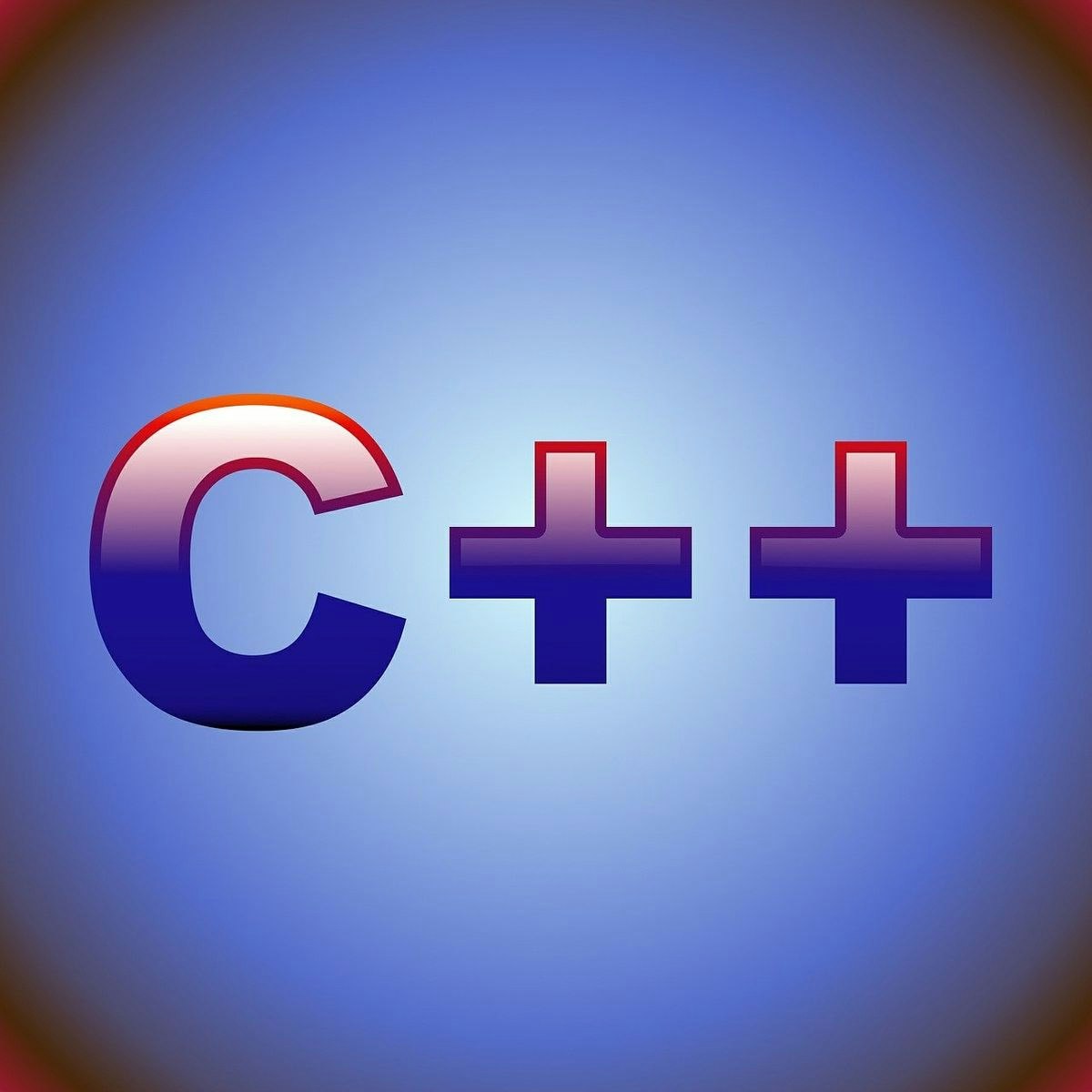Back to Courses









Software Development Courses - Page 87
Showing results 861-870 of 1266

Set up AWS Billing Alerts using AWS Budgets
In this 1-hour long project-based course, you will learn how to how to Set up AWS billing alerts using AWS budgets via the AWS console.
AWS Budgets gives you the ability to set custom budgets that alert you when your costs or usage exceed (or are forecasted to exceed) your budgeted amount. You can also use AWS Budgets to set reservation utilization or coverage targets and receive alerts when your metrics drop below the threshold you define. By completing the steps in this guided project, you will successfully learn how to set up AWS billing alerts using AWS budgets via AWS management console within the AWS Free Tier.
Note: This course works best for learners who are based in the North American region. We’re currently working on providing the same experience in other regions.

Dynamic Programming, Greedy Algorithms
This course covers basic algorithm design techniques such as divide and conquer, dynamic programming, and greedy algorithms. It concludes with a brief introduction to intractability (NP-completeness) and using linear/integer programming solvers for solving optimization problems. We will also cover some advanced topics in data structures.
Dynamic Programming, Greedy Algorithms can be taken for academic credit as part of CU Boulder’s Master of Science in Data Science (MS-DS) degree offered on the Coursera platform. The MS-DS is an interdisciplinary degree that brings together faculty from CU Boulder’s departments of Applied Mathematics, Computer Science, Information Science, and others. With performance-based admissions and no application process, the MS-DS is ideal for individuals with a broad range of undergraduate education and/or professional experience in computer science, information science, mathematics, and statistics. Learn more about the MS-DS program at https://www.coursera.org/degrees/master-of-science-data-science-boulder.

SOLID Programming: Open-Closed Principle in Unity
Programming of any kind, including in game-development, can get complicated as the size and scope of a project increase. Investigating bugs and expanding the code with new functionality can be almost impossible if the code-structure is not well-thought-out.
In this one-hour, project-based course, we will cover the second principle of "SOLID" programming: Open-Closed Principle ("OCP") states that a class should be open for extension but closed for modification. It sounds like a contradiction, but it will allow us to add functionality to our sample game without touching existing code. In the project, we will create some "typical" code that is fairly common in game-development, and then restructure it to become compliant with OCP.
This project is part two of a five-part series on SOLID Programming principles, which are:
- Single Responsibility
- Open-Closed (this guided project)
- Liskov's Substitution
- Interface Segregation
- Dependency Inversion
Each of these guided projects stands on its own, but for a full understanding of good coding practices, completing all five guided projects (in order) is recommended.

C++ Data Structures in the STL
In this project you will read weather data from a file and populate a C++ Vector with the file data. The data is then uniquified in a Set data structure and stored in a Map for accessing data by year.
C++'s standard template library or STL contains data structures or containers that are built for efficiency. They are used to store and retrieve data in various formats. A list such as a Vector can be used in place of an array to contain data where the size cannot be determined ahead of time. A List is like a Vector, except elements can be more quickly added and deleted from it, since no shifting needs to occur. A Map is used to quickly look up a value based on a key rather than a numerical index, for example, to look up a phone number based on a key containing a person's name. A Set may be used to remove duplicates from a list, simply by assigning the data to it.
Note: This course works best for learners who are based in the North America region. We’re currently working on providing the same experience in other regions.

Test your Django views and forms using Selenium
In this 2-hour long project-based course, you will learn how Selenium can be integrated with your Django project. Selenium is quite fun to learn and use: it can make your python program pretend it is an actual user browsing a website, so it is ideal for testing web application. You will use Selenium to test various aspects of a sample Django project. After understanding how the sample project works, your will write Selenium test functions to test the views of the project apps. In particular, you will learn how to test the presence of certain strings in a web page, the presence of form elements, whether a link successfully navigates to the right page, and whether a form is successfully submitted.
Note: This course works best for learners who are based in the North America region. We’re currently working on providing the same experience in other regions.

Dart Functions Framework
This is a self-paced lab that takes place in the Google Cloud console.
Explore using Dart Function Frameworks in a Flutter application. Example based on this demo.

Avatar Psychology for Designers
This course covers the latest and greatest psychological research on avatars and is relevant to current and future designers of any medium that includes user self-representations (e.g., video games, virtual worlds, robots, automobiles, social media, etc.). By taking this course, you will be able to define digital and non-digital avatars and identify how they are applicable in everyday life. You will be able to differentiate between the types of relationships people have with their avatars and motivations for using avatars that are more or less similar to the self. The course will help you discern the importance different avatar attributes (e.g., gender, race/ethnicity, attractiveness, personality, humanity, body type, hair, controllability) and avoid common harmful stereotypes in your designs. Finally, you will gain the ability to design avatars that harness their psychological power to influence users toward specific (hopefully non-evil) outcomes, even beyond avatar use.
Dr. Ratan, the instructor of this one-of-a-kind course, is an internationally recognized scholar who actively publishes research on avatar psychology. He is also known for his jovial and engaging lecture style and believes that you learn and produce more when you are having fun. Hope you enjoy the course.

Agile Meets Design Thinking
Despite everyone's good intentions, hard work and solid ideas, too many teams end up creating products that no one wants, no one can use, and no one buys. But it doesn't have to be this way. Agile and design thinking offer a different--and effective--approach to product development, one that results in valuable solutions to meaningful problems. In this course, you’ll learn how to determine what's valuable to a user early in the process--to frontload value--by focusing your team on testable narratives about the user and creating a strong shared perspective.
This course is supported by the Batten Institute at UVA’s Darden School of Business. The Batten Institute’s mission is to improve the world through entrepreneurship and innovation: www.batteninstitute.org.

Tables and Forms in HTML
In this project, you will write the HTML code to incorporate tables and forms into a web page. You will use a text editor called Notepad++ to write your code, and the Chrome browser to display the resulting web page. HTML tables are used to organize and present data in a tabular format, making it easier to read for the web page visitor. Tables are also used to position items on a web page. Adding a simple form to the web page provides a method of interacting with visitors. By the end of the course, you will have created a web page that includes a table that displays and positions organized data, images, and a form.
Note: This course works best for learners who are based in the North America region. We’re currently working on providing the same experience in other regions.

Building Conversational Experiences with Dialogflow
PLEASE NOTE: This course will close for new learner enrollment on January 22nd, 2021.
If you would prefer to engage with our latest courses related to this material, please see the following courses:
Contact Center AI: Conversational Design Fundamentals: https://www.coursera.org/learn/contact-center-ai-conversational-design-fundamentals/home/welcome.
Contact Center AI: Building a Dynamic Virtual Agent: https://www.coursera.org/learn/contact-center-ai-building-a-dynamic-virtual-agent/home/welcome
The Contact Center AI: Conversational Design Fundamentals and Contact Center AI: Building a Dynamic Virtual Agent courses have similar learning objectives to the ones in the course being deprecated in this notice. They walk learners through the process of identifying a use case, creating intents and entities for conversational agents, and using context and fulfillment for conversation awareness and third party system integrations. Since many use cases for virtual agents happen in the context of contact centers, we invite you to extend your expertise by taking additional courses in the Contact Center AI Specialization, although this is not required if your interest is solely on building automated conversational agents.
Thanks, and happy learning,
The Google Cloud Learning Services team
Course Description:
This course provides a deep dive into how to create a chatbot using Dialogflow, augment it with Cloud Natural Language API, and operationalize it using Google Cloud tools.
>>> By enrolling in this course you agree to the Qwiklabs Terms of Service as set out in the FAQ and located at: https://qwiklabs.com/terms_of_service <<<
Popular Internships and Jobs by Categories
Browse
© 2024 BoostGrad | All rights reserved


